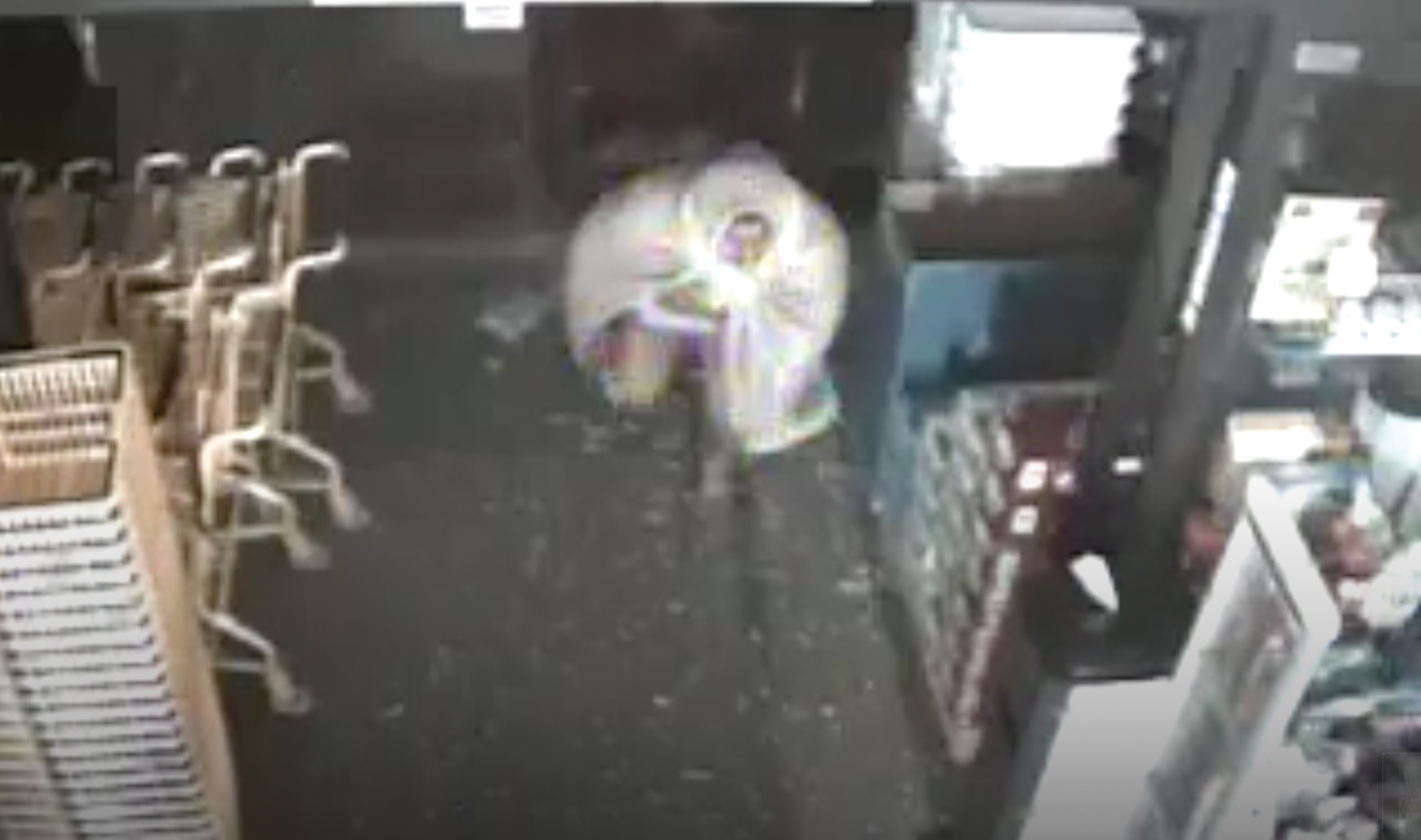Dealing with Buster’s bladder stones
Published 5:17 am Sunday, February 5, 2023
Buster was in before I was Wednesday morning. His owners are exceptional owners and noticed that he was not peeing a full stream.
This is especially important because Buster has bladder stones. Buster just turned eight in December and has heart disease and a seizure disorder.
In fact, we first saw Buster after a seizure when he was 5 years old.
Buster’s bladder stones were identified a few years ago. We have watched them over the years, but they have not been a problem before.
The new digital technology allowed us to see and measure the stones and they had been stable.
For whatever reason, one started to move on Wednesday morning.
Bladder stones can form anywhere in the urinary tract and are more correctly called urinary calculi.
If they would stay in the bladder, they might not be a problem, but when they try to pass, they can totally block the outflow of urine.
Not only is that painful, the lack of ability to remove toxins from the body is life threatening. (Male cats often have this.)
Not all stones are the same. Most are struvite or magnesium ammonium phosphate. The second most common is calcium oxilate. Both can form because of high mineral levels in the urine. Supersaturation causes precipitation of crystals which form together to become stones.
Over time, stones become bigger by recuriting crystals. A bacterial infection can make the urine less (or more) acid and form stones.
Other stone types make up less than 20 percent of the stones. Urates are the next most common. Dalmatians (especially the males) are known for their ability to form urate stones.
Dalmatians, English Bulldogs, Russian Black Terriers, and Large Munsterlanders have a genetic abnormality that causes them to develop urates and therefore make stones.
Miniature Schnauzers and Yorkies often have a blood vessel that bypasses the filtration of the blood by the liver (portosystemic shunt) which allows them to form urate stones. (And these breeds can have other types of stones also.) Diets that are low in purine and altered pH (more basic) help to keep the stones from forming.
Allopurinals may help dissolve these stone for a short while. Even though they are very hard like a rock, these stones cannot be seen on an X-ray.
Others stones can be urate, cystine, calcium phosphate, silica, xanthine and mixed or compound uroliths. Cystine stones contain an amino acid with sulfur.
The amino acid is used in the health of skin, hair, bones and connective tissue. The extra cystine should be filtered by the kidneys, but in some dogs a metabolic defect allows it to enter the urine.
Once there, it can form crystals and then uroliths or stone.
The other three stones make up less than one percent. They may happen when the diet is altered to for the first types. Or a stone may be a combination of different types.
Not all stones can be dissolved medically and therefore must be removed surgically.
We have told Buster’s parents that it is time for surgery.
Buster’s parents have asked the staff the multiple questions and have rephrased things that the staff did not say and then and asked them to verify the ‘new truth.’
My staff is great at communications after our rounds sessions, but this has been bumped up to me in an exam room.
Actually, the parents are terrified that Buster is going to die. He is, but not today.
Buster tried to pass a stone, but the small urethra and boney penis did not allow it to pass.
Surgery is required. Since Buster is eight years old, with a heart issue and seizure disorder, the owners are scared.
They understand that I cannot answer the question “Will he live?”
But that doesn’t stop them from asking every other question known to humankind about bladder stones and surgery.
After the 14th question that didn’t really matter, I said “What you really want to know is if he will make it. I cannot answer that. You can go to a specialist. You can do the surgery here, but we have run out of options that do not involve surgery. This is a relatively routine surgery.”
Although it may sound harsh, this is exactly what Buster’s owners wanted and needed to hear.
Buster did well through surgery.
We monitored heart rate, blood pressure and he was on IV fluids.
I removed four stones that were about a centimeter and several that were gravel/sand sized. He did so well postoperatively that we pulled his IV fluids and sent him home the day after surgery.
He is on a special diet and is to drink plenty of water. We can monitor him with X-rays, ultrasound and urinalysis.
If he ever blocks really badly, we can do a urethrostomy where the urine is redirected to avoid the narrow outflow.
Thankfully, this is a lifesaving procedure that Buster does not need now.
MJ Wixsom, DVM MS is a best-selling Amazon author who practices at Guardian Animal Medical Center in Flatwoods, Ky. GuardianAnimal.com 606-928-6566.






